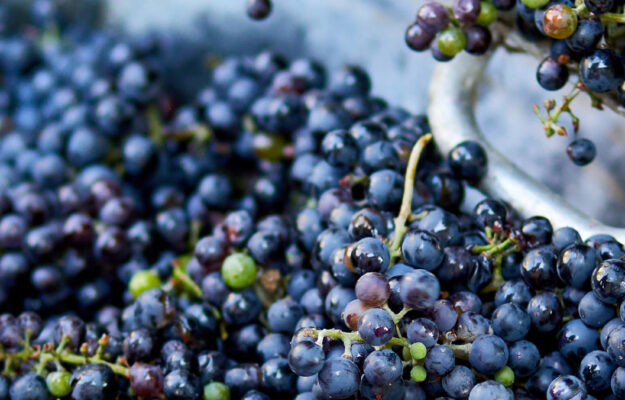In absolute values, Italy is the country that lost the most hectoliters of wine produced in 2023 over 2022: -5.9 million, with Italy followed by Spain (-5), Australia (-3.1), Argentina (-2.6) and Chile (-2.5), with the loss, in the three Southern Hemisphere countries obviously affecting much more than in those in the Northern Hemisphere. Growing the most, however, was the U.S., with +2.8 million hectoliters, followed, but at a distance, by Germany (+0.9 million hectoliters), Austria (+0.6), Romania (+0.6) and Bulgaria (+0.1). Numbers OIV, the International Organization of Vine and Wine, which, beyond a small “purse” of who goes up and who goes down in wine production, say that the 2023 harvest, according to estimates, which emerged from the data of the 29 countries representing 94% of world production, will be the poorest vintage in the last 60 years, whose final balance will be around 244.1 million hectoliters (excluding juices and musts), with a -7% on the 2022 harvest, already below the average of the last 5 years.
Mostly due to the effects of weather, including hail, frost, heavy rain, drought and downy mildew, depending on the different latitudes.
A harvest not too far off from the 214 million hectoliters of 1961, as long as these data have been recorded, and also below the more recent and very poor 2017 vintage, at 248 million hectoliters. Looking at individual countries, France, with an estimated production of 45.8 million hectoliters, stable compared to 2022 and at +3% on the average of the last five years, is the world’s leading producer country, as known, ahead of Italy, with 43.9 million hectoliters, at -5.9% on 2022 and -13% on the five-year average, and Spain, with 30.7 million hectoliters, down -14% on 2022, and -19% on the five-year average. In any case, the European Union continues to be the real reservoir of world wine, with production accounting for 61% of the total. Outside the EU, the U.S., the fourth largest producing country in the world, keeps pace, with 25.2 million hectoliters, and a growth of 12% over 2022 and 4% over the average of the last 5 years.
The real overall slump, however, is in the Southern Hemisphere: if New Zealand holds up (-6%), with a production of 3.6 million hectoliters, it ranges from -10% in South Africa (9.3 million hectoliters) to -20% in Chile (10 million hectoliters), -24% in Australia (9, 9 million hectoliters) to -23% in Argentina (8.8 million hectoliters), -30% in Brazil (2.3 million hectoliters), and -34% in Uruguay (with a production of just 0.5 million hectoliters).
But, all in all, thinking about the stability of wine prices, the fact that, at a time when consumption, worldwide, is not sparkling, production is not too abundant, may not be too bad.
Copyright © 2000/2025
Contatti: info@winenews.it
Seguici anche su Twitter: @WineNewsIt
Seguici anche su Facebook: @winenewsit
Questo articolo è tratto dall'archivio di WineNews - Tutti i diritti riservati - Copyright © 2000/2025








































































































































































































